2026 Hyundai Tucson Overview
The 2026 Hyundai Tucson’s looks and sophistication are enough to turn the average driver’s head. But the 2026 Hyundai Tucson’s on-road behavior is a bit disappointing compared to rivals from Honda, Mazda, and Volkswagen. The Hyundai Tucson has a 187-horsepower four-cylinder engine powering the front wheels, though all-wheel drive is available as an option.
Acceleration is brisk, but if you want something faster, the Tucson Hybrid (reviewed separately) offers more incentive. The Tucson’s design is elegant, and its interior is roomier than most other compact crossovers. Hyundai also provides a lot of technology in the cabin, including adaptive cruise control with lane-centering and a large digital display that combines gauges and infotainment in a single glass panel.
Table of Contents
What’s new for 2026?
Like last year, the Tucson is still fresh enough that we don’t expect to see any significant changes for the 2026 model year.

Price and Which to Buy
The 2026 Hyundai Tucson starts at around $30,800 and can go up to $40,775 depending on trim level and features. This range makes it a strong value in the compact SUV segment – offering a sophisticated driving experience that is far more premium than its price tag.
Hyundai’s focus on quality, comfort, and practicality ensures excellent value for money at every trim level.
SE $30,800
SEL $32,150
XRT $43,825
SEL Advantage $35,150
SEL Premium $35,150
Limited $40,775
We’ll opt for the mid-level SEL trim, which includes desirable equipment like a power liftgate, power driver’s seat, heated front seats, a wireless smartphone charging pad, and dual-zone automatic climate control.
The Premium package is worth the upcharge, as it adds additional driver-assist features, a sunroof, built-in navigation, and a digital gauge cluster, among other perks. All-wheel drive is available on all trim levels.
Compare the 2026 Hyundai Tucson with other cars you love.
Our new comparison tool provides a comprehensive, side-by-side comparison of five of your favorite cars.
Engine and Performance
This SUV comes standard with a 187-horsepower 2.5-liter four-cylinder and an eight-speed automatic and either front- or all-wheel drive. The Tucson offers plenty of power for both city driving and highway cruising, so lead-footed drivers will want more power. While the Tucson is no sports car, its handling is confident, its steering is sharp enough, and its ride is comfortable.
The most striking aspect of Tucson’s driving behavior is how calm and sophisticated it feels when cruising; these characteristics give it a sense of luxury that’s rare in this class. Front-wheel drive comes standard, while all-wheel drive is available on all trims. Acceleration is modest, reaching 60 mph in about 8.8 seconds in the all-wheel-drive Limited trim.
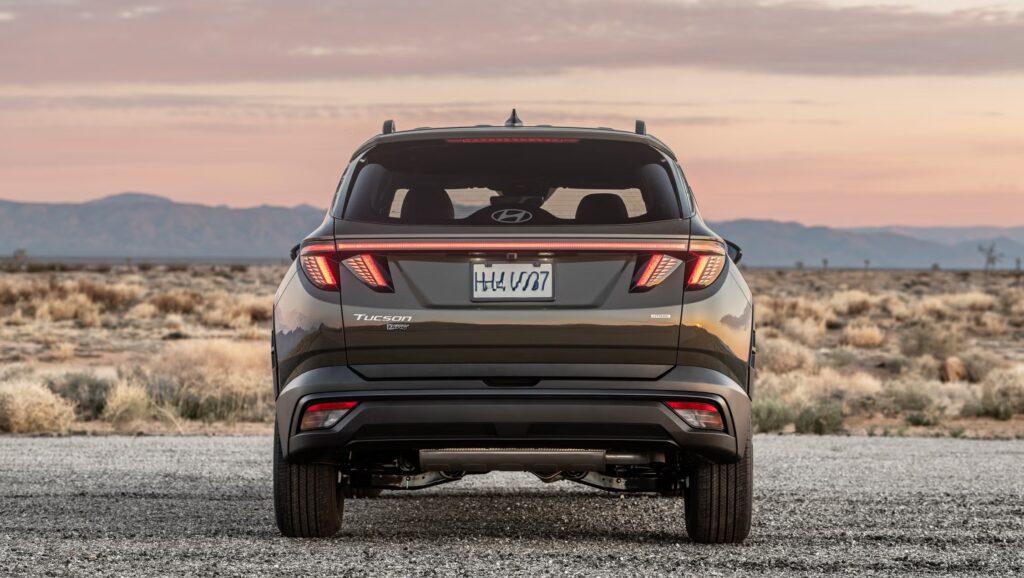
While some rival cars from Honda, Mazda, and Volkswagen can deliver quick acceleration, the Tucson emphasizes ride comfort, stability, and refinement over outright speed. For drivers looking for stronger performance and improved fuel economy, Hyundai also offers hybrid and plug-in hybrid versions of the Tucson.
Drivers looking for more power or efficiency can explore the hybrid and plug-in hybrid versions, which offer stronger performance and improved fuel economy.
Under the hood, the standard 2.5-liter four-cylinder engine produces 187 horsepower, mated to an 8-speed automatic transmission. This setup delivers smooth and predictable performance with either front-wheel drive or available all-wheel drive, depending on model configuration.
Acceleration is good – the all-wheel-drive Limited trim reaches 0-60 mph in about 8.8 seconds. While it’s not the fastest in its class, the Tucson’s improved ride quality and smooth handling make it a great choice for everyday driving.
2026 Hyundai Tucson 0–60-MPH Time
On our test track, our all-wheel-drive Limited test car hit 60 mph in just 8.8 seconds. The more powerful hybrid and plug-in hybrid models (reviewed separately) both feel quick, but you shouldn’t expect Toyota RAV4 Prime-level acceleration from either.
Hyundai Tucson Towing and Payload Capacity
All Tucson models have a towing capacity of up to 2,000 pounds, but an optional trailer hitch is required to do so.
2026 Hyundai Tucson Fuel Economy
The EPA has not yet released fuel economy figures for the 2026 Tucson, but the 2025 model is rated at 25 mpg city, 33 mpg highway, and 28 mpg combined. However, on our 75-MPH highway fuel-economy route, a Tucson XRT delivered a disappointing 26 mpg. For more information on Tucson’s fuel economy, visit the EPA’s website.
2026 Hyundai Tucson Interior, Comfort, and Cargo
The Tucson has a simple yet modern dashboard design that includes a digital gauge display, a column-mounted shifter, and a separate control panel for the climate control system with physical buttons.
Hyundai’s flagship Palisade SUV and the brand’s recently redesigned Sonata and Elantra sedans marked a turning point for the company’s interior design, and the Tucson continues that trend with a well-thought-out interior with high-quality materials and luxury features.
Both Tucson’s rear seat space and cargo area are larger than many rivals, providing more comfort and practicality for passengers. In the back, we can fit nine carry-on suitcases, and with the seatbacks folded down, luggage capacity increases to 22 bags.
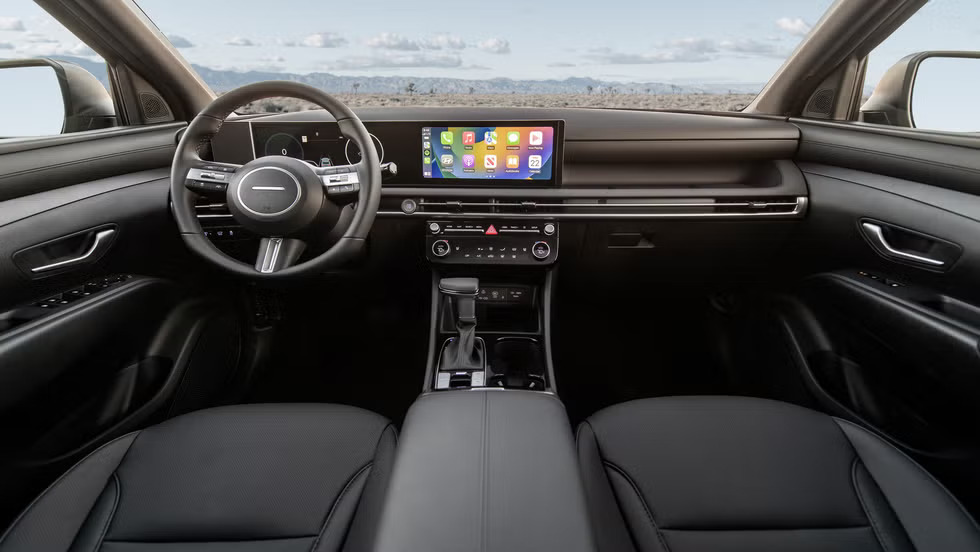
IT & Connectivity
While only a 12.3-inch infotainment system is standard, an optional larger display combines two digital screens behind a monolithic housing spanning most of the width of the dashboard. One screen features digital gauges while the other provides access to Tucson’s radio, navigation, vehicle settings, and more.
Apple CarPlay and Android Auto are standard across the range, and wireless connectivity is standard for every model, as is SiriusXM satellite radio, and an upgraded Bose stereo system is optional. Other high-tech offerings include Hyundai’s Digital Key smartphone app, which provides lock and unlock features as well as the option for remote start.
Hyundai Tucson Safety and Driver-Assistance Features
A range of driver-assist features is available, many of which will be standard. For more information on Tucson’s crash-test results, visit the National Highway Traffic Safety Administration (NHTSA) and Insurance Institute for Highway Safety (IIHS) websites. Key safety features include:
Standard automatic emergency braking with pedestrian detection
Standard lane-departure warning with lane-keeping assist
Available adaptive cruise control with lane-centering feature
Warranty and maintenance benefits provided
In the compact SUV market, only one competitor offers warranty coverage like the Tucson, and that’s its corporate twin, the Kia Sportage. However, Hyundai still has the edge over Kia in this area thanks to its generous free scheduled maintenance program.
Limited warranty covers five years or 60,000 miles
Powertrain warranty covers 10 years or 100,000 miles
Free maintenance is covered for three years or 36,000 miles
2026 Hyundai Tucson: Stylish, Smart, and Built for Modern Lifestyle
The 2026 Hyundai Tucson arrives as a confident and sophisticated compact SUV designed for modern drivers who value style, comfort, and practicality in equal measure. This latest edition blends elegant design with cutting-edge technology, making it an attractive choice for both families and daily commuters around the world.
Rather than chasing pure performance, the Tucson focuses on delivering a smooth, quiet, and reliable driving experience every day.
Bold and modern Exterior Design
From the outside, the 2026 Hyundai Tucson immediately grabs attention with its bold, sculpted appearance. The front end features sharp lines, distinctive lighting elements, and a sense of precision that give it a premium and athletic presence. Balanced proportions enhance its confident stance on the road, while Hyundai’s design philosophy ensures a modern look that remains practical for everyday use.
With its distinctive and futuristic exterior, the 2026 Tucson easily stands out in traffic. Its sharp lines, bold front fascia, and signature lights create a clear presence on the road. But the Tucson offers more than just good looks – it delivers comfort, sophistication, and luxury that elevate it above many of its competitors.
Sophisticated and Comfortable Interior
Step inside this SUV, and the cabin continues to impress. The interior features soft-touch materials, a clean dashboard layout, and an intuitive interface designed for maximum comfort.
Rear passengers enjoy plenty of legroom, and the spacious cargo area is easily suitable for family trips or weekend getaways. Overall, the 2026 Tucson’s cabin offers a comfortable and upscale feel, rivaling more expensive SUVs in its class.
Ride Quality and Handling
The 2026 Tucson prioritizes comfort over sportiness. Its suspension system is designed to easily absorb bumps, providing a quiet and stable ride even at highway speeds. The steering feels light but precise, ensuring confident control when driving on city streets or the open highway.
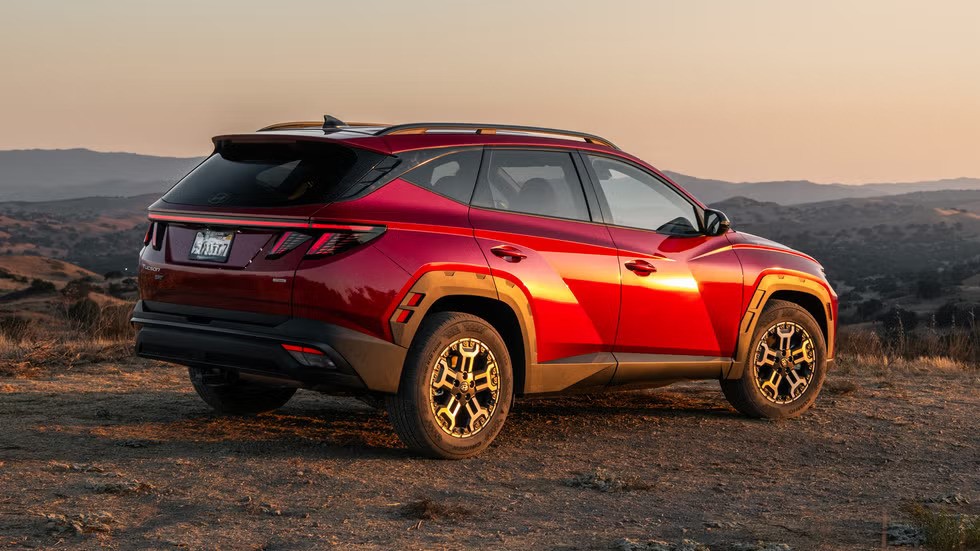
With the available trailer hitch properly equipped, the Tucson can tow up to 2,000 pounds, making it practical for small trailers, bikes, or recreational equipment. On the road, the 2026 Tucson provides a quiet, restrained, and comfortable ride. Its suspension effectively absorbs bumps and irregularities, while the cabin remains quiet even at highway speeds.
Light but precise steering makes it easy to maneuver in city traffic and confident on long journeys. When properly equipped, the Tucson can tow up to 2,000 pounds, adding practical versatility for light hauling or outdoor adventures.
Fuel Economy
Official fuel economy ratings for the 2026 model have not yet been released. However, the previous Tucson achieved about 25 mpg in the city and 33 mpg on the highway. In real-world testing, the Tucson XRT version returned about 26 mpg on the highway, indicating similar or slightly improved efficiency for the 2026 model.
Technology, Connectivity, and Safety
Technology plays a central role in the 2026 Tucson. A 12.3-inch infotainment touchscreen comes standard, supporting Apple CarPlay, Android Auto, and wireless smartphone connectivity.
Higher trims can be upgraded with a dual-screen setup on the dashboard, a Bose premium audio system, satellite radio, and Hyundai’s Digital Key app, which lets you unlock and start the car using your smartphone. Together, these tech features ensure that the Tucson not only offers comfort and functionality but also modern connectivity and convenience for today’s drivers.
Technology is a priority inside the new Tucson. Higher trims include premium upgrades like a Bose audio system, built-in navigation, a panoramic sunroof, and Hyundai’s Digital Key. In terms of safety, the Tucson includes adaptive cruise control, lane-centering assist, and a comprehensive suite of driver-assistance features designed to enhance safety and confidence on the road.
Final Verdict
The 2026 Hyundai Tucson balances design, comfort, technology, and everyday usability in a cohesive package. While it doesn’t chase raw performance, it delivers quiet confidence, premium refinement, and exceptional value – making it one of the most well-rounded compact SUVs available today.

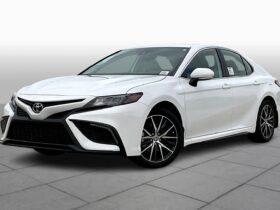

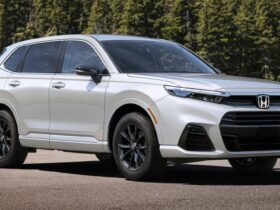
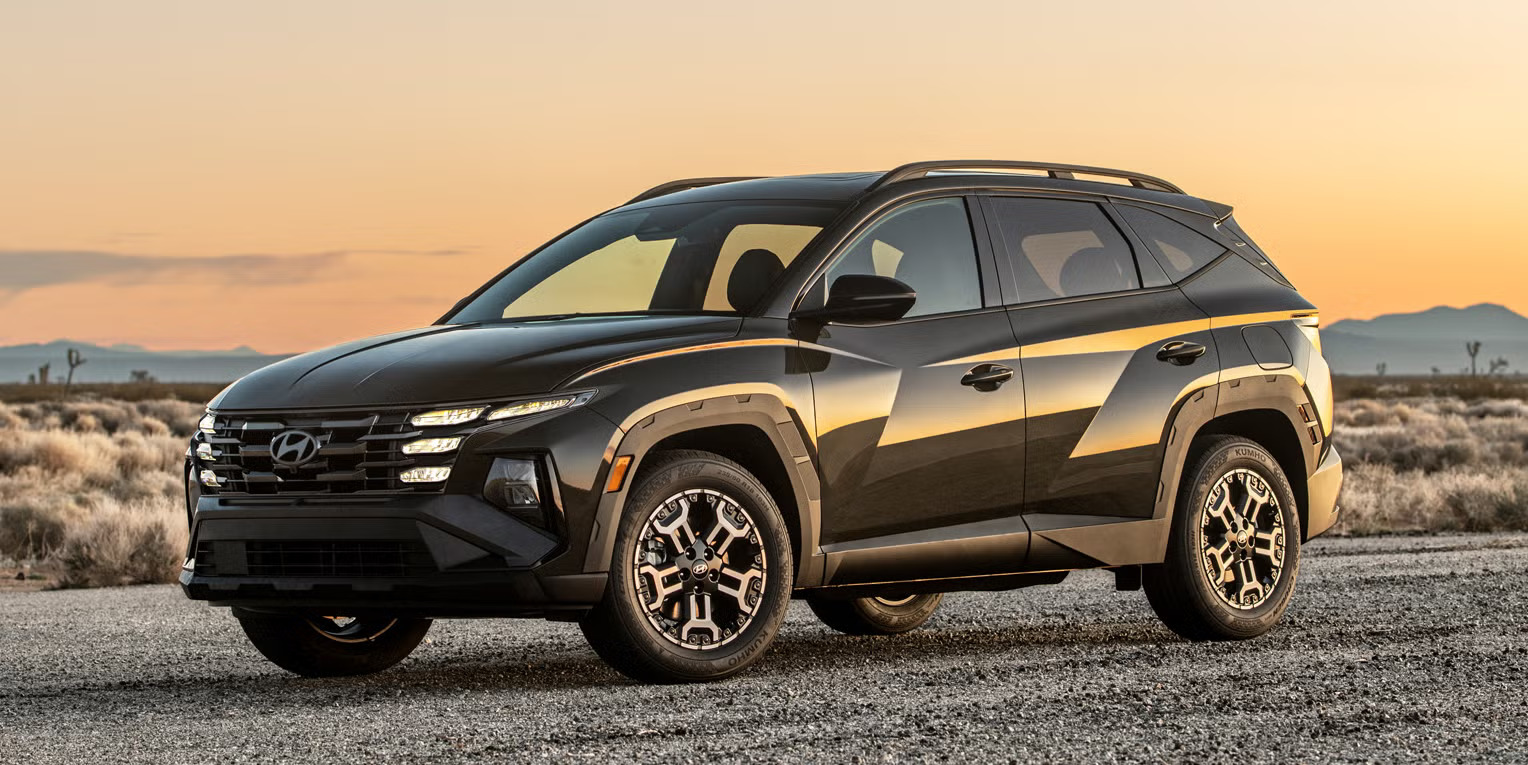
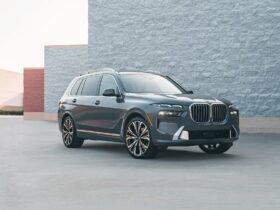
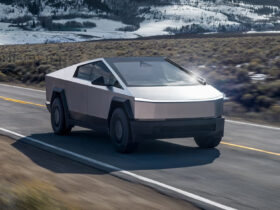
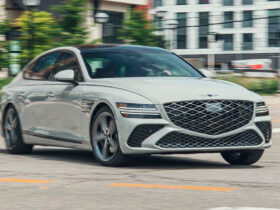


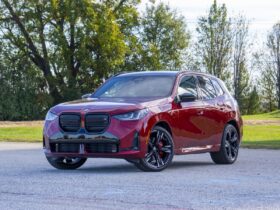
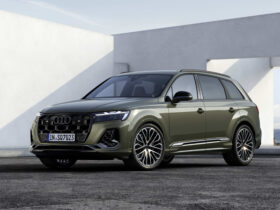
Leave a Reply